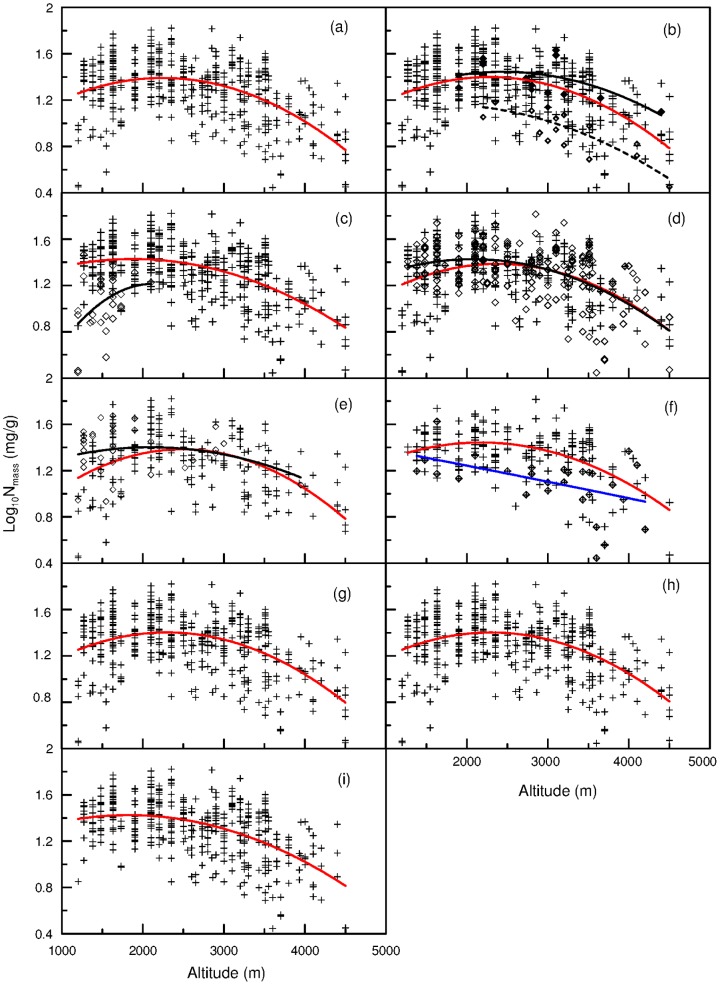Figure 2. Variation in leaf Nmass with altitude.
(a) the red line indicates all samples (R 2 = 0.243, n = 460); (b) those cross dots and the red regression line are seed plants (R 2 = 0.230, n = 432), those full diamonds and the black solid line represent ferns (R 2 = 0.397, n = 12), and those empty diamonds and the dash line indicate mosses (R 2 = 0.651, n = 16); (c) those cross dots and the red line are C3 plants (R 2 = 0.302, n = 408), and those empty diamonds and the dash line indicate C4 plants (R 2 = 0.160, n = 31); (d) the red line and the cross dots are all herbs (R 2 = 0.213, n = 230), the black line and those diamond are all woody plants (R 2 = 0.264, n = 214); (e) the red line and those cross dots are perennial herbs (R 2 = 0.242, n = 196), the black line and those diamonds are annual herbs (R 2 = 0.045, n = 34); (f) those cross dots and red line indicate deciduous woody plants (R 2 = 0.242, n = 185), the blue line and those diamond dots with a cross are evergreen woody plants (R 2 = 0.218, n = 29); (g) the cross dots and the red line are all plants excluding evergreen woody plants (R 2 = 0.237, n = 431); (h) the cross dots and the red line are all plants excluding mosses (R 2 = 0.228, n = 444); (i) the cross dots and the red line are all plants excluding C4 plants (R 2 = 0.315, n = 429).

